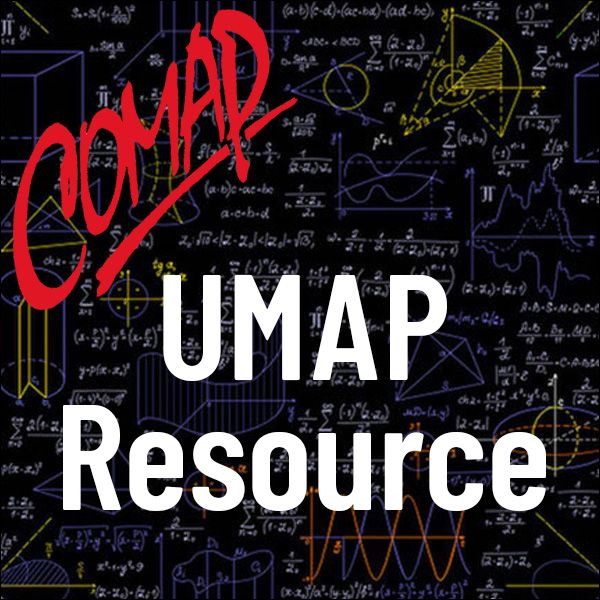Universal Language: Role for Mathematics
Author: Chris Arney
Introduction
While relatively few people (just a million or two) in our world of more than six billion people actually know the language of Esperanto, many people realize that it is an attempt to establish an international language- one of many such attempts over the years. The idea is that if everyone knew a common language, such as Esperanto, people would always have the means to communicate with one another, thus creating a common ground for international communication.
Esperanto is an artificial or constructed language-not developed naturally or based on any one natural language. However, it is similar to several natural languages; some root words are borrowed from otherlanguages and its phonemes and structures are similar to several major natural languages. The original author, Lazur Ludwik Zamenhof, who first published the rules of the language in 1887, believed that difficulty in communicating caused mistrust and unnecessary problems in the world. His goal was to develop an easy-to-learn, reasonably robust (few, if any ambiguities, distortions, and exceptions), international language so that people could communicate effectively and trust one another, in order to reduce serious interpersonal and international problems and hostilities.
Over the years, theremayhave been asmanyas 1,000 earnest attempts to develop and establish a viable international language. "[T]he very fact that the proliferation of languages goes on and on argues that we still haven't gotten it right" [Hayes 2006, 299]. Some of the best known are Latino sine flexione (by mathematician Giuseppe Peano in 1907), Basic English (850-word vocabulary started in 1930), Lojban (started in 1955 and made computer-friendly since then), and even Klingon (Star Trek's exotic fictional language of 1985 and since made more complete and useful). But none of these attempts has worked because of the time and effort needed to master a complete second language and because of cultural or economic concerns.
Based on the long list of failures, one could say that the development of an international language is probably hopeless. However, the success or failure of Esperanto or any other international language is not the point of this article. It is the concepts of universality and efficiency of language, based on mathematical measures and processes and a language design for a slightly different purpose, that we discuss in further detail.

Mathematics Topics:
Application Areas:
You must have a Full Membership to download this resource.
If you're already a member, login here.